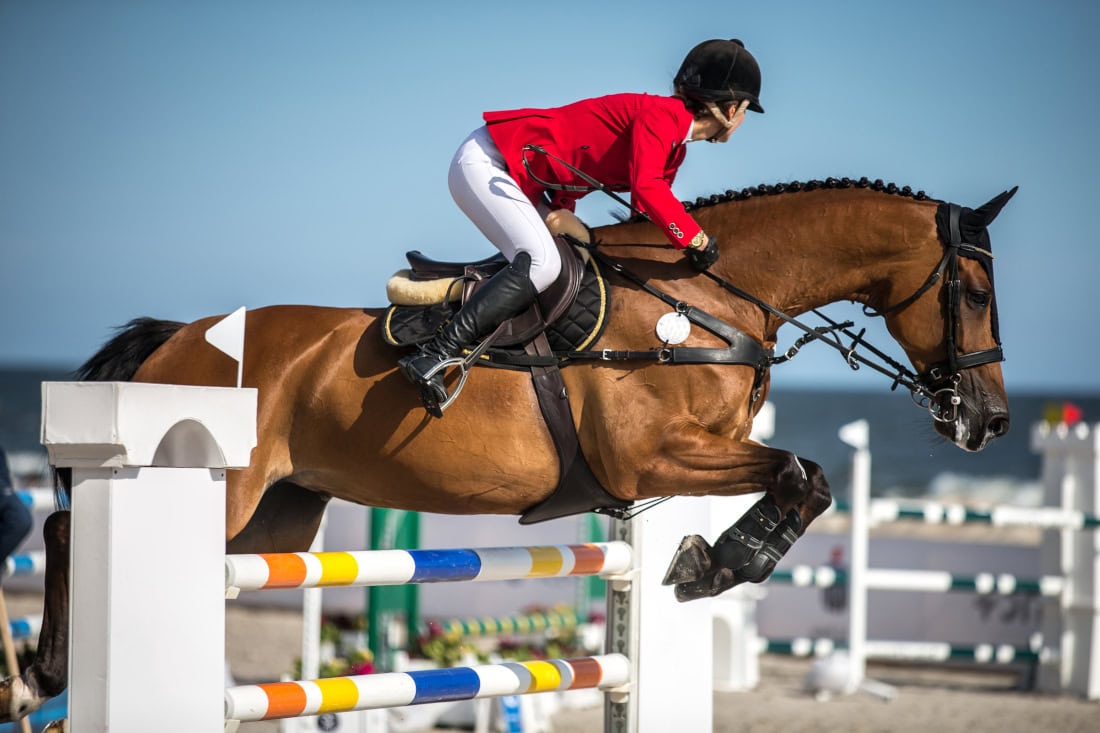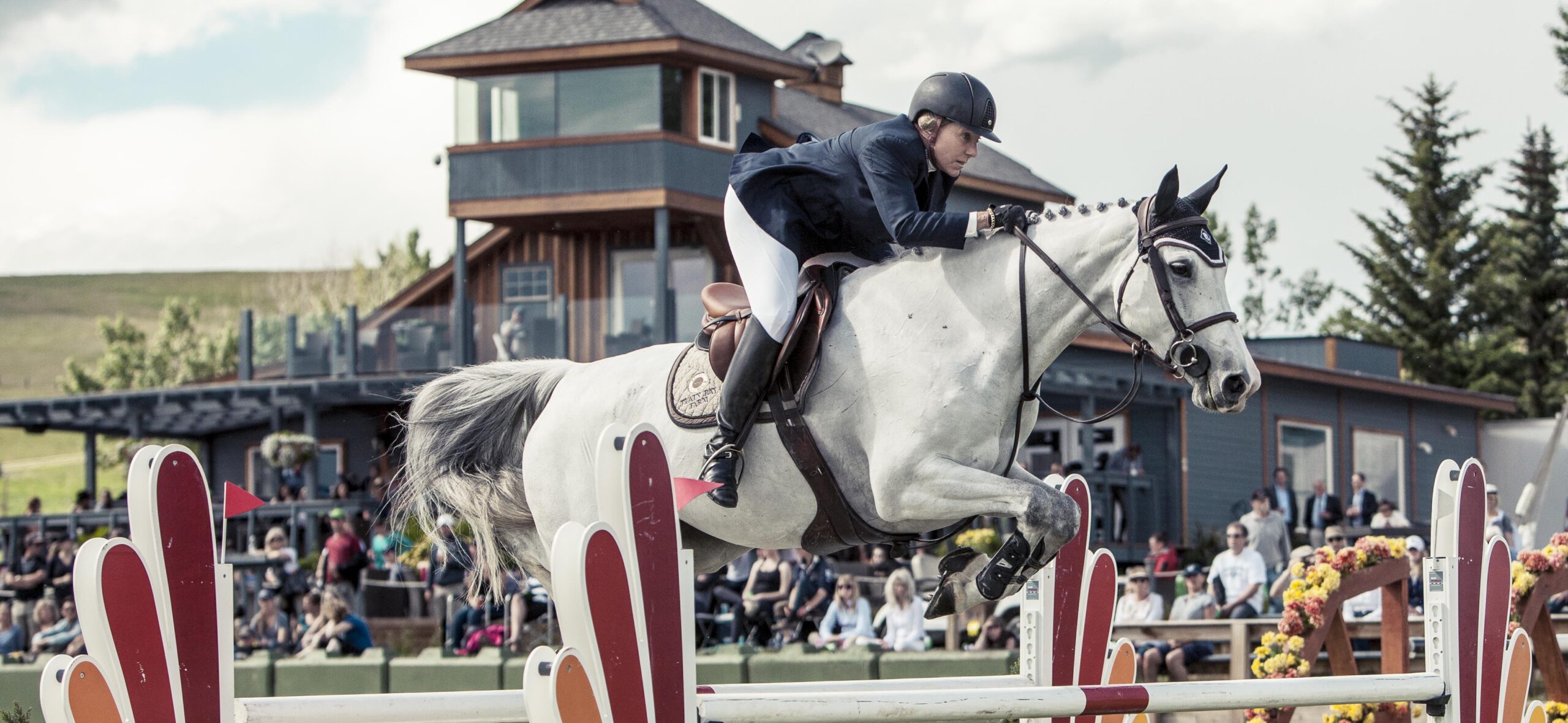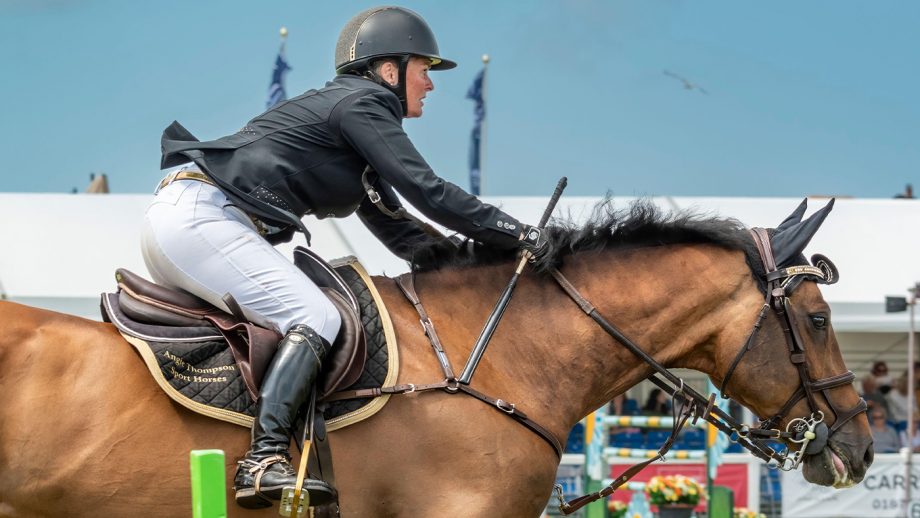Show Jumping Rules Every Rider Should Know

Show jumping is an exhilarating equestrian sport that tests the skill, precision, and partnership between horse and rider. Whether you’re a beginner or an experienced competitor, understanding the fundamental rules is essential for success and safety in the arena. This article covers the key rules every rider should know, presented in an easy-to-follow format.
Table of Contents

- Overview of Show Jumping
- Course and Obstacles
- Scoring and Penalties
- Time Allowed and Time Faults
- Rider and Horse Requirements
- Common Fouls and Disqualifications
- Frequently Asked Questions (FAQ)
1. Overview of Show Jumping

Show jumping involves navigating a course of obstacles within a set time. The goal is to complete the course with the fewest faults, which are penalties incurred for mistakes such as knocking down rails or refusals.
2. Course and Obstacles
- Course Design: Courses are designed with a variety of jumps including verticals, oxers, combinations, and water jumps. Each course is unique and tests different skills.
- Obstacles: Typical obstacles include single fences, double and triple combinations, and special jumps like liverpools or walls.
- Height and Spread: Jump heights can range from 0.60 meters for beginners to over 1.60 meters in international competitions.
3. Scoring and Penalties
| Fault Type | Penalty Points | Description |
|---|---|---|
| Knockdown | 4 points | When the horse knocks down a rail or part of the obstacle |
| Refusal | 4 points | When the horse stops before a jump or runs out |
| Second Refusal | Elimination | Two refusals on the course lead to elimination |
| Fall of Rider | Elimination | Rider falling off results in elimination |
4. Time Allowed and Time Faults
- Time Allowed: Each course has a set time limit based on its length and difficulty.
- Time Faults: Exceeding the time allowed results in time faults, typically 1 penalty point for every second over.
5. Rider and Horse Requirements
- Attire: Riders must wear approved helmets, boots, and show jackets.
- Horse Gear: Proper tack and protective boots are required for safety.
- Age and Experience: Different classes have age and experience restrictions to ensure fair competition.
6. Common Fouls and Disqualifications
- Illegal Use of Whip or Spurs: Excessive or improper use can lead to penalties.
- Course Errors: Jumping obstacles out of order or missing jumps results in elimination.
- Unsportsmanlike Conduct: Riders must maintain good sportsmanship; violations can lead to disqualification.
7. Frequently Asked Questions (FAQ)
Q1: What happens if my horse refuses a jump?
A: The first refusal incurs 4 penalty points. A second refusal leads to elimination.
Q2: Can I use any type of saddle?
A: Saddles must comply with competition regulations, typically English-style jumping saddles.
Q3: How is the winner determined?
A: The rider with the fewest faults and fastest time wins.
Q4: Are there different levels of competition?
A: Yes, from beginner classes to international Grand Prix levels.
By understanding these essential rules, riders can better prepare for competitions and enjoy the sport safely and confidently. Remember, practice and knowledge go hand in hand in show jumping success!
